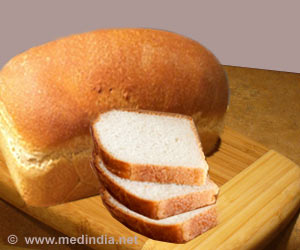The science of odor is unveiled using a “smell map” that measures smell, based on its perception by the brain.
Highlights :
- Science of odor is unveiled using a “smell map” that measures smell based on its perception by brain.
- This can lead to the development of digital odor metamers as similar to color metamers.
- New era of technology can thus train computers to digitalize smells and reproduce them for interpretation as similar to humans.
A new study led by Prof. Noam Sobel and his team, at Weizmann Institute of Science, succeeded in measuring the perception of a smell. This helps the scientists to predict the smell of a particular odorant just by their molecular structure.
The research may unveil the new era of technology, for example, adding the aromas of flowers or sea to the vacation pictures on social media. The smells can be designed digitally to reproduce whenever needed, similar to color metamers – a vision of Prof. David Harel, co-author of the study and Vice President of the Israel Academy of Sciences and Humanities.
For instance, color metamers are a set of different colors designed specifically to match the shade of the actual color perceived.
The team conducted a series of experiments where 202participants were asked to perceive nearly 95 pairs of aromatic blends, each comprising of 10 molecular components. The rating scale of the smells ranged from how similar the two molecules were to one another, to the extreme difference among them. At the end of the study, 49,788 perceptual odors were obtained.
Decoding the digital aromas
A physicochemical measure was used to convert these perceived odors into a mathematical/logical scale. Each odorant was represented by a single vector – that measures the physical and chemical properties of the molecule. The angle between the two vectors (or two odorants) presented the similarity between the two odors. The smaller the angle between the vectors, the more similar are their odors.This led to the deduction of a reference value – 0.05 radians in the “smell map”. For example, if a new odorant compound is 0.05 radians or less than a rose, it will smell identical to a rose. Odorants beyond 0.05 radians to rose would differ in smell as the distance keep increasing.
The study would open up digital platforms where computers can design and reproduce smells to interpret it in a way similar to humans. This aids in paving the ways to understand the molecular mechanism of smell perception and bring a revolutionary change in the environmental monitoring and biomedical & food industries.
Source-Medindia










